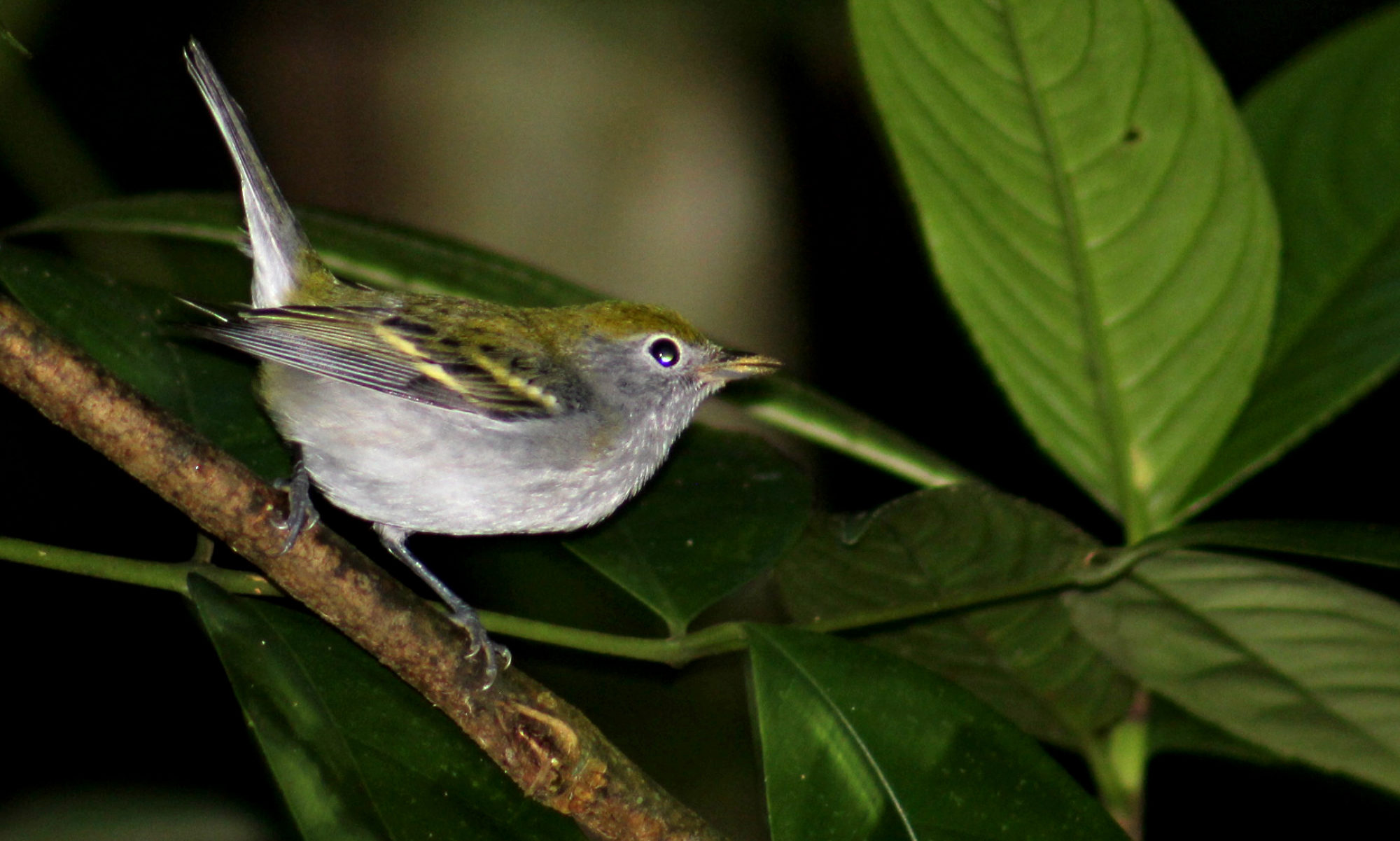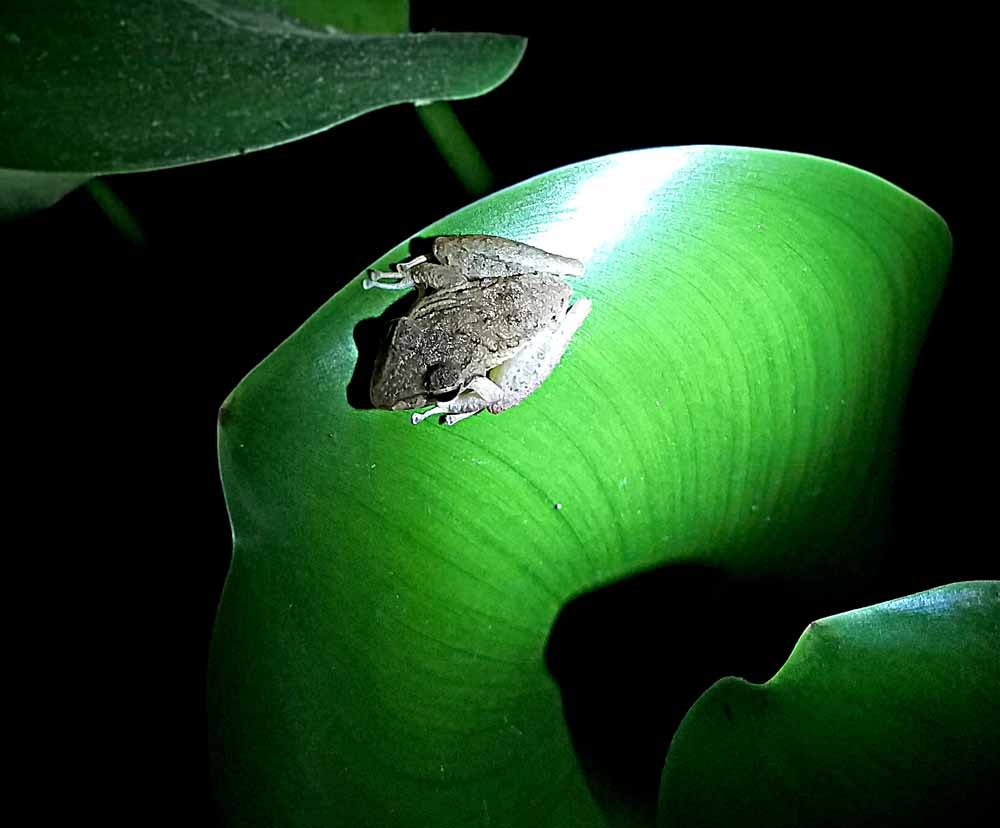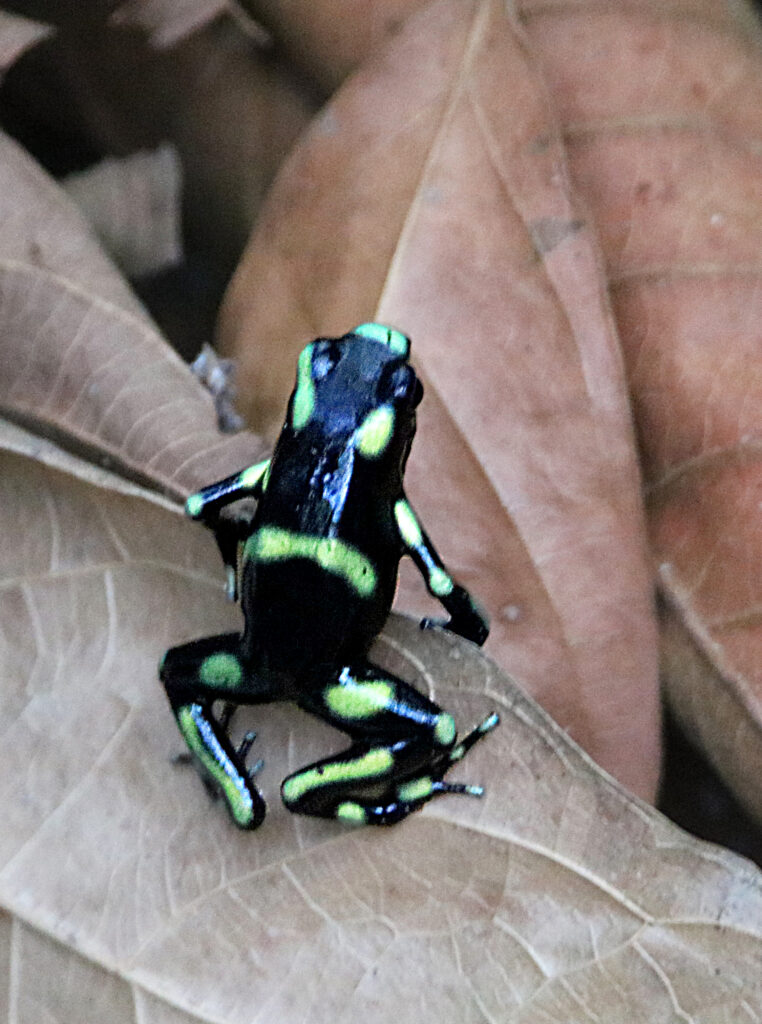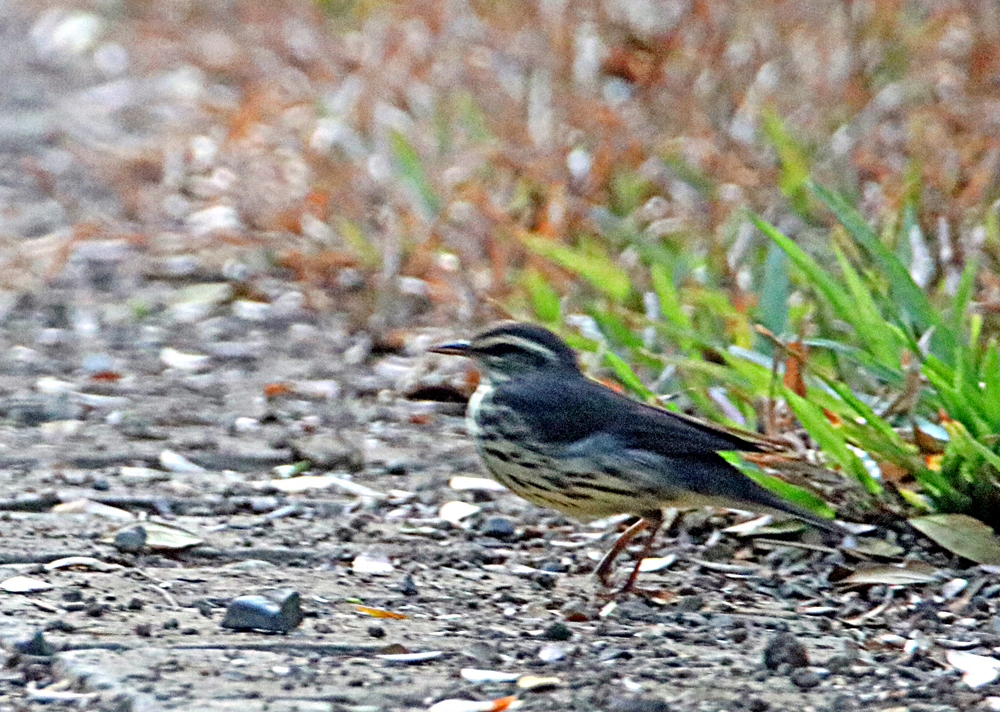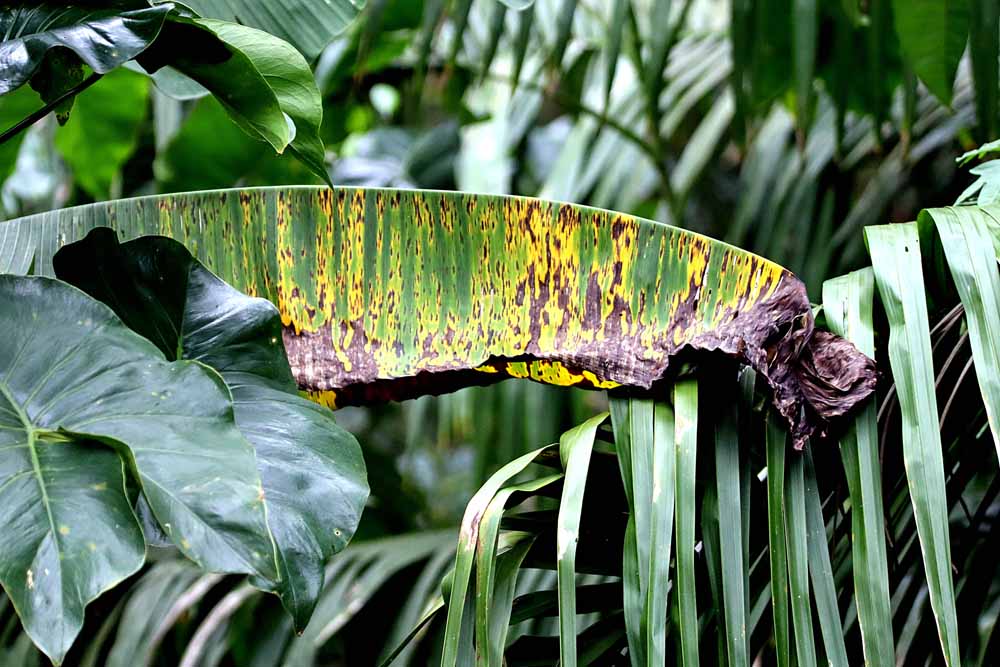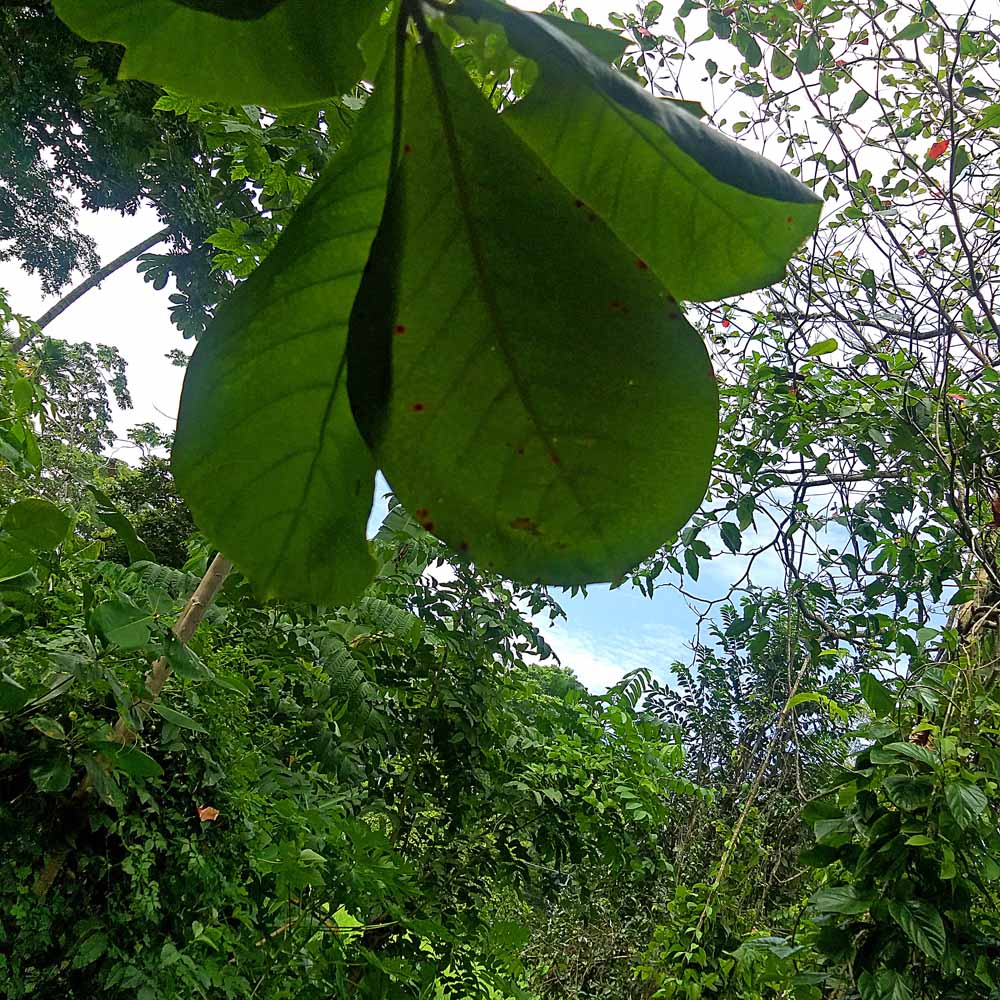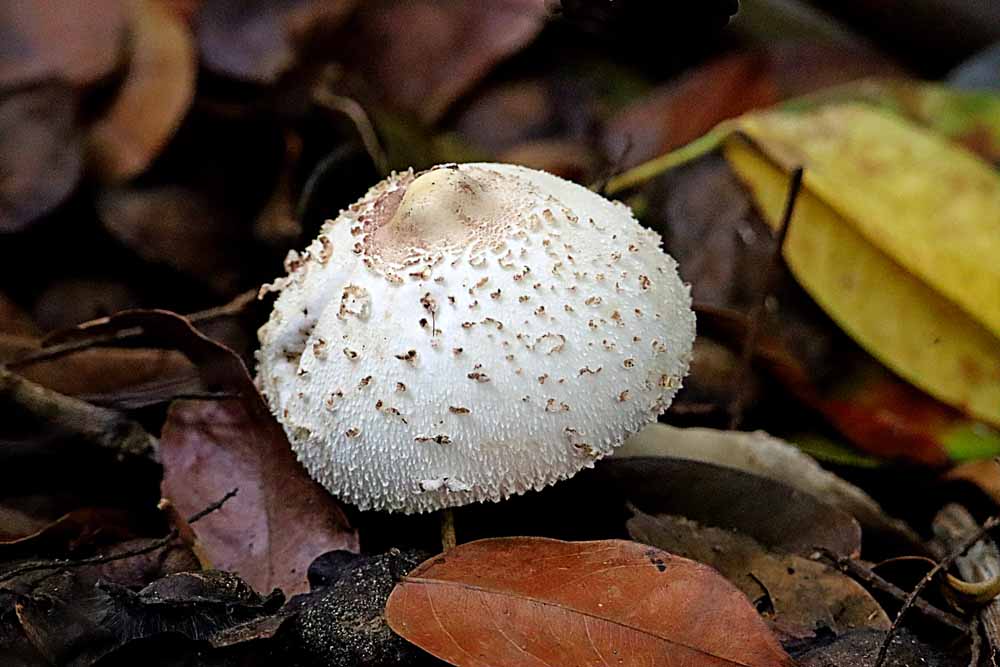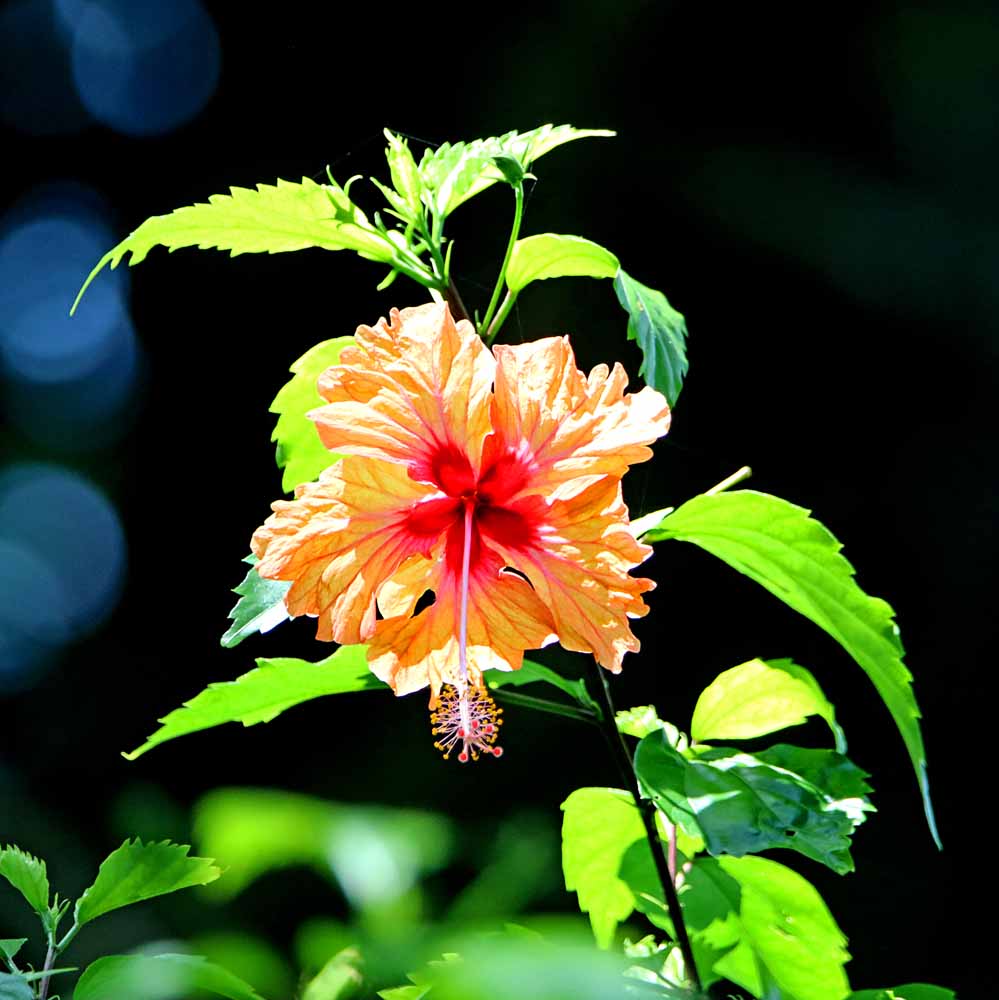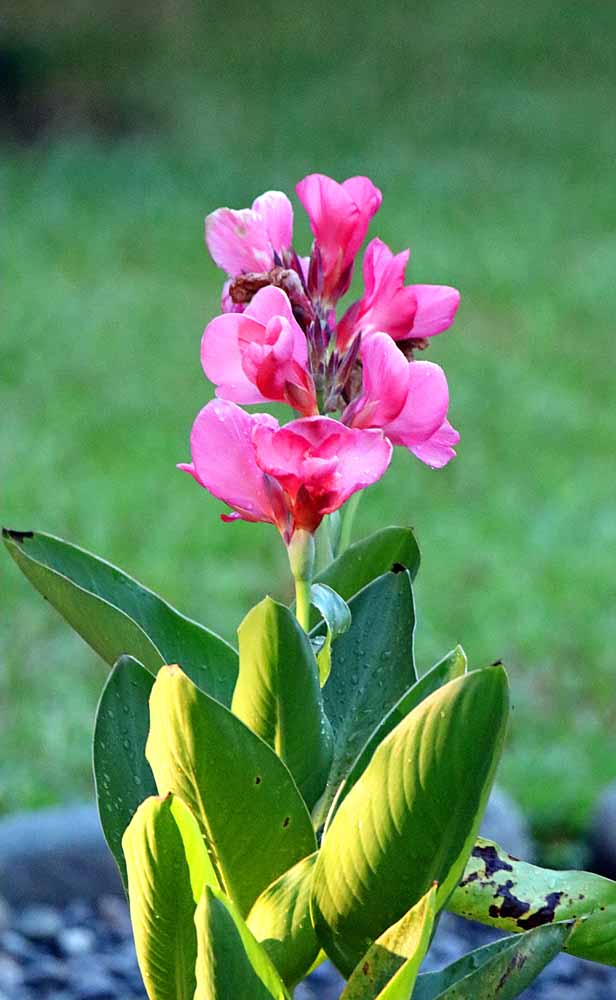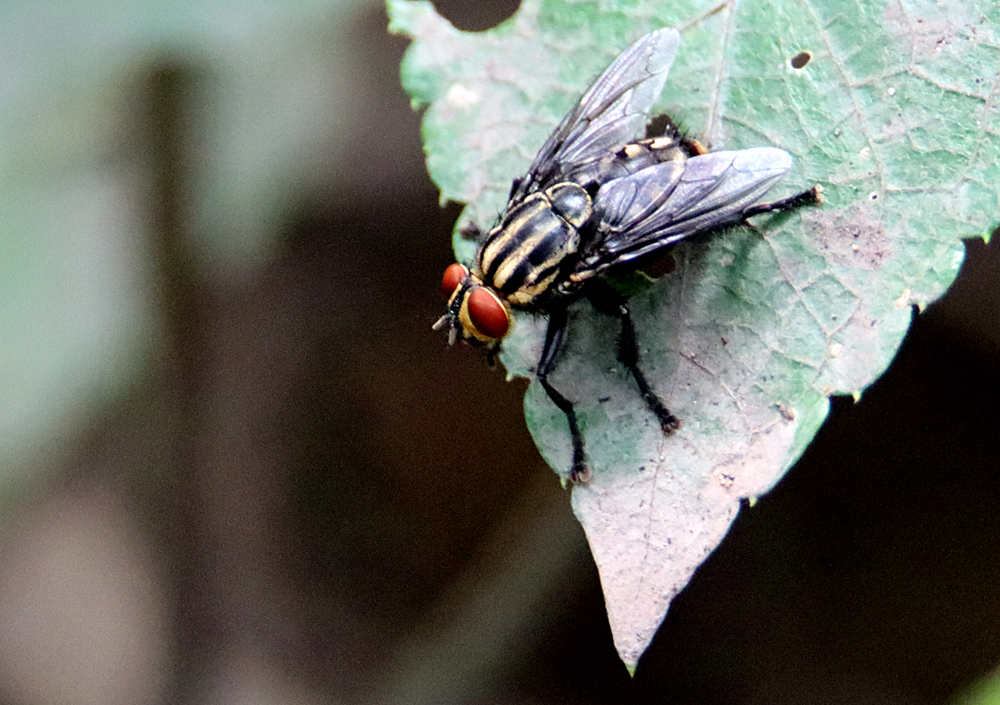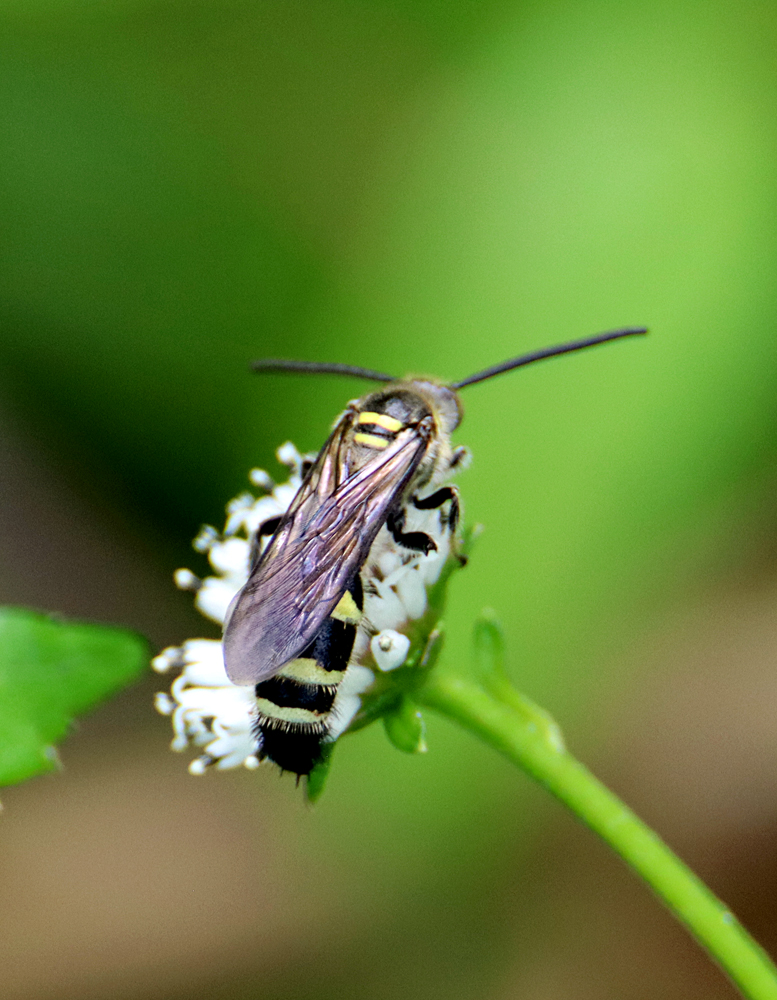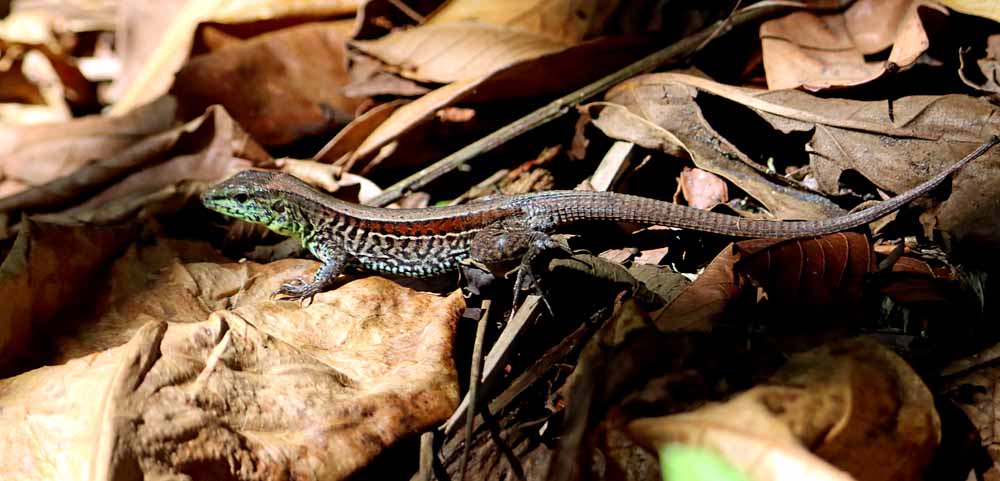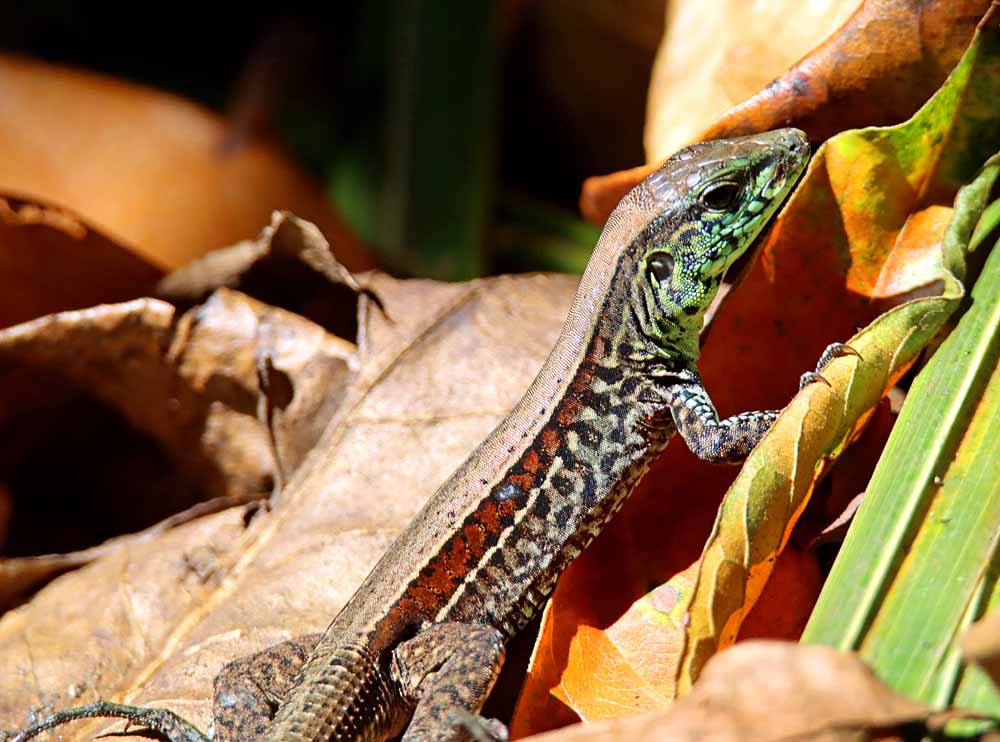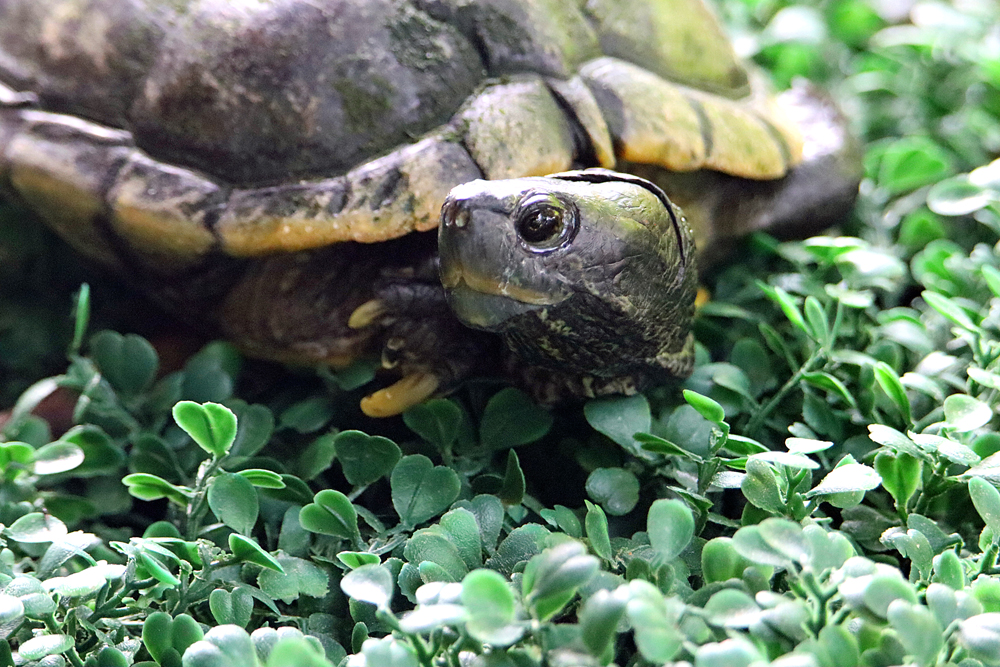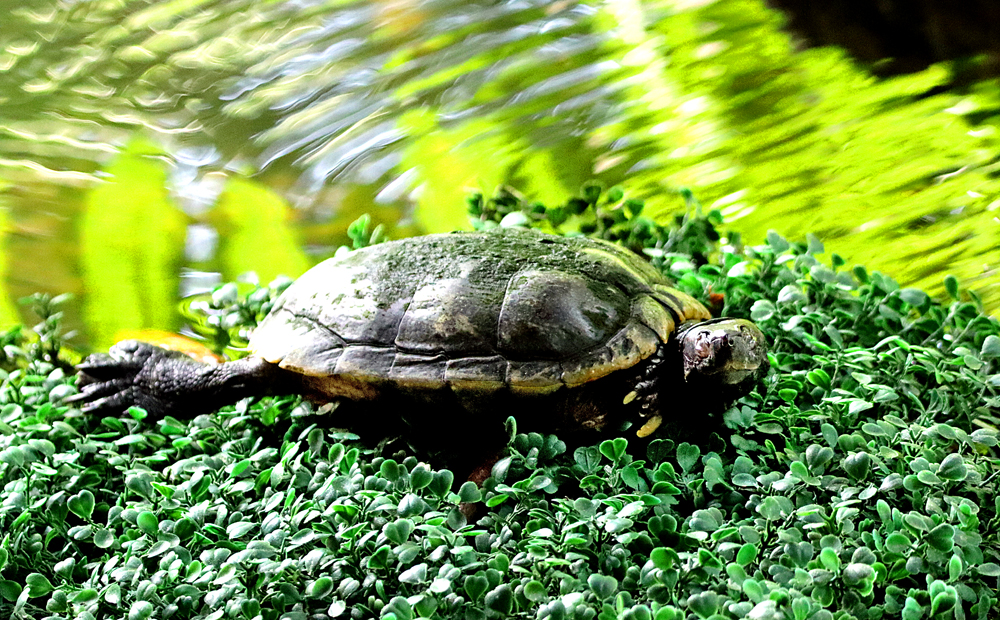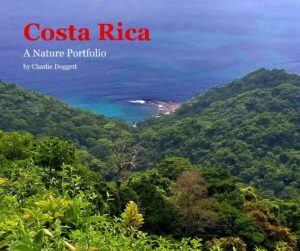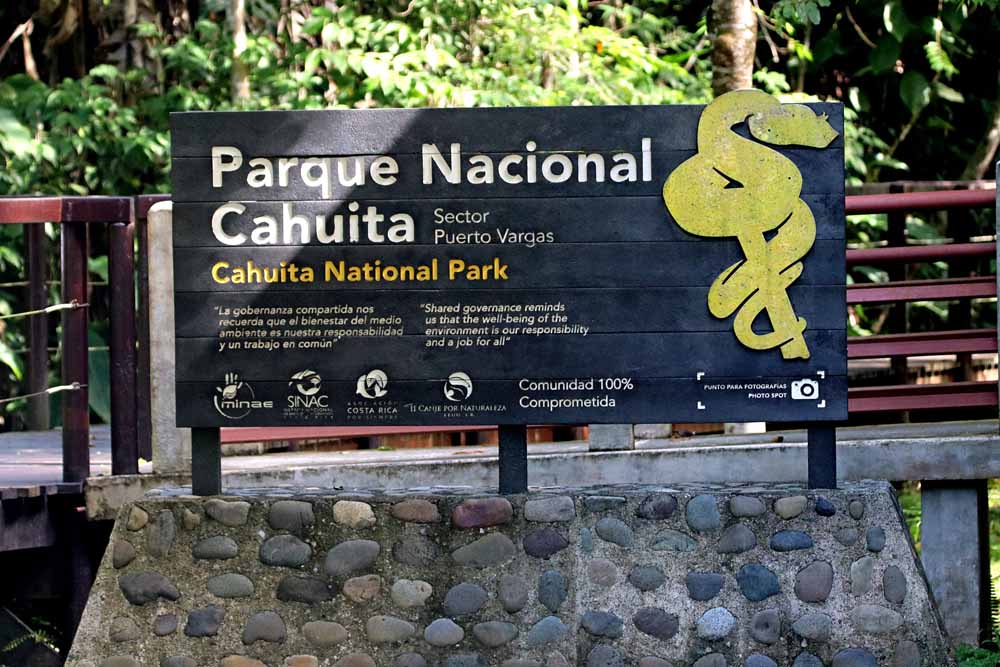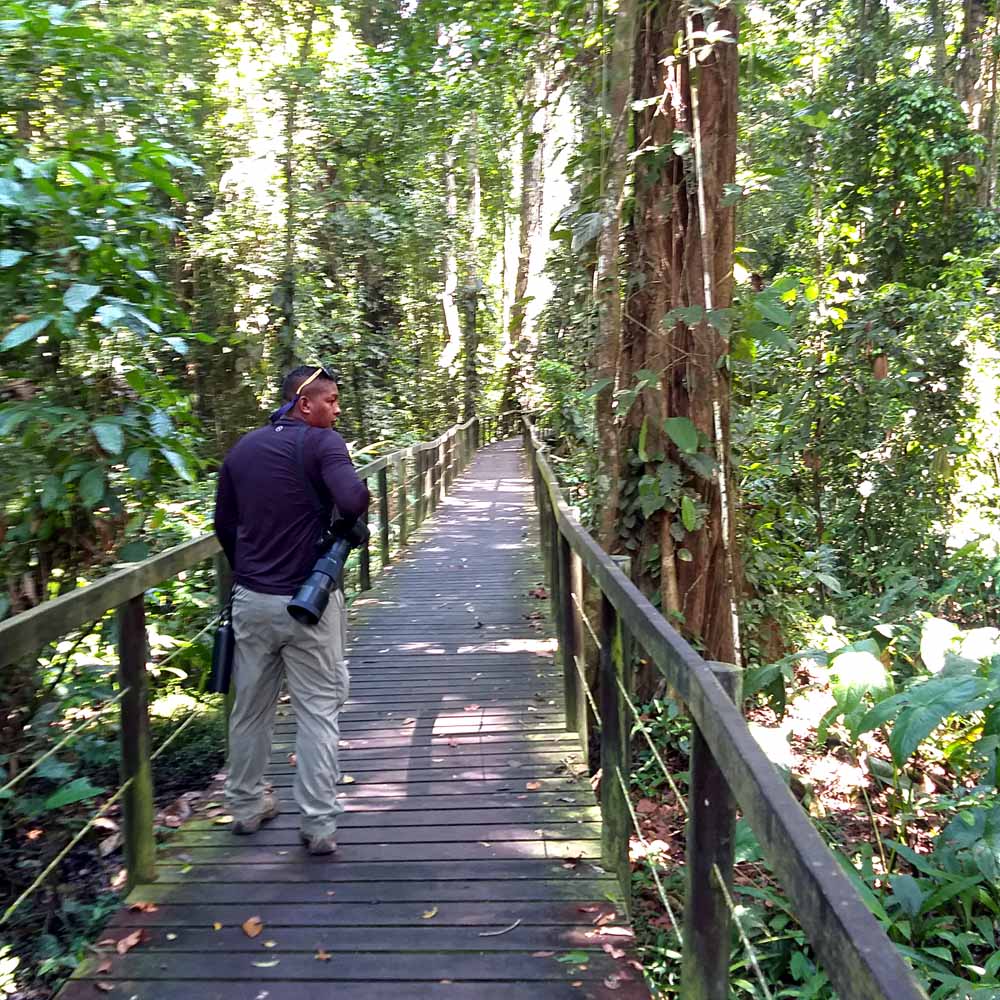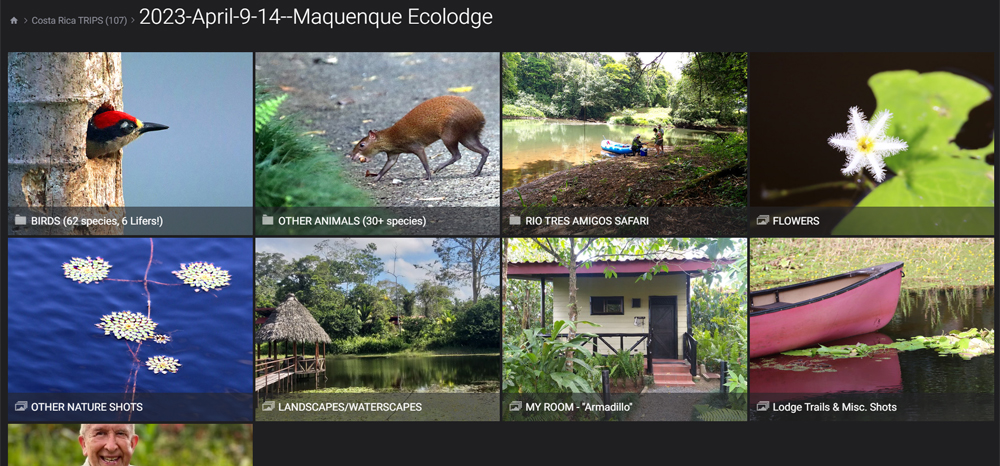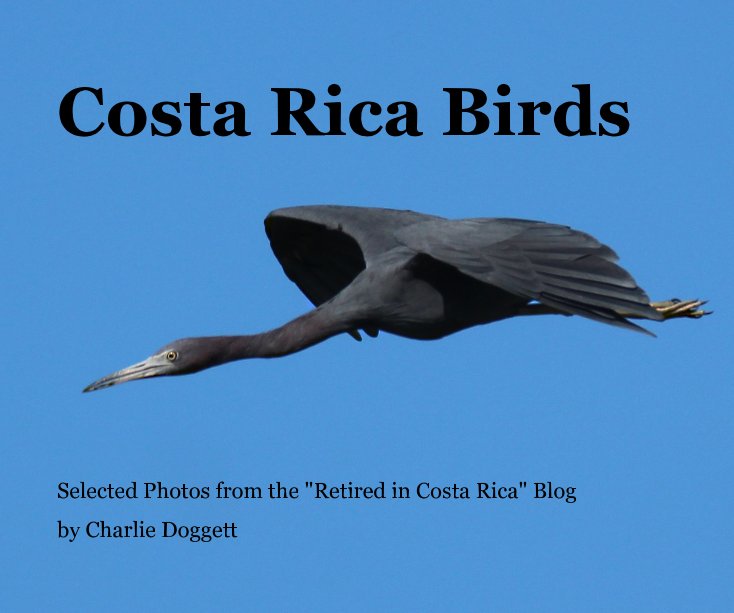
To celebrate what will be 10 years of living in Costa Rica come December, I decided to publish a coffee table book of my favorite bird photos that turned out to be a lot! 174 photos! Each includes both the English and Spanish common names of that bird plus the location where I photographed it. Whether a birder or a lover of “Nature As Art,” I think you will like this 86 page photo book printed on premium matte paper. It might even become a collector’s item some day! 🙂 It will definitely become the book that I gift to the birding lodges I visit over the next year or two! 🙂
You can see a free electronic preview of all 86 pages by clicking the above image of the book cover or go to this web address: https://www.blurb.com/b/11961281-costa-rica-birds
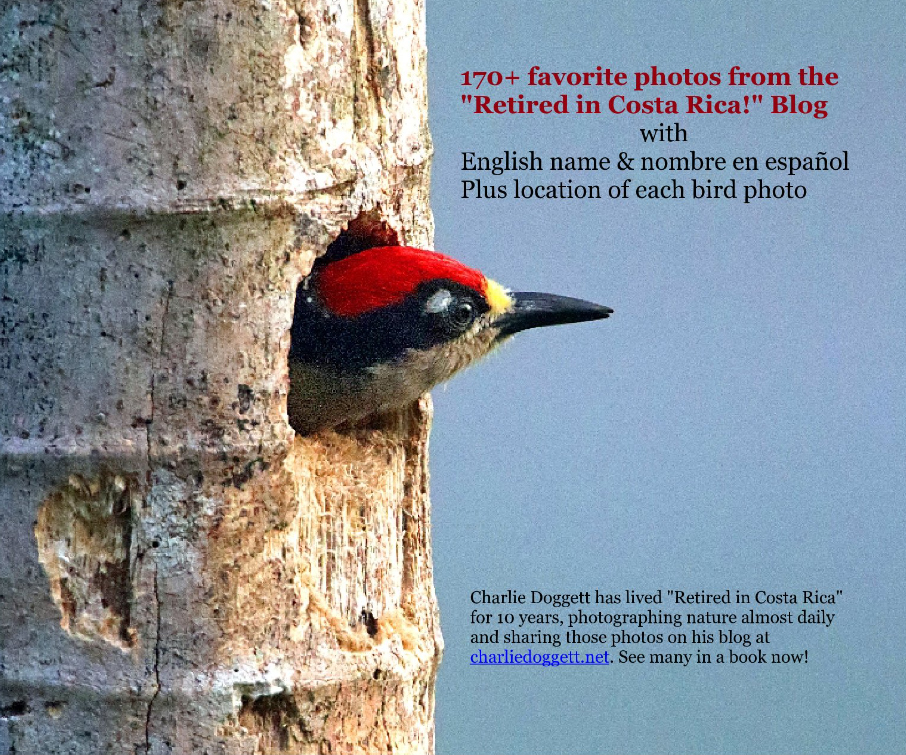
¡Pura Vida!
